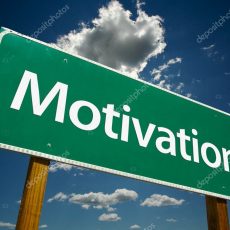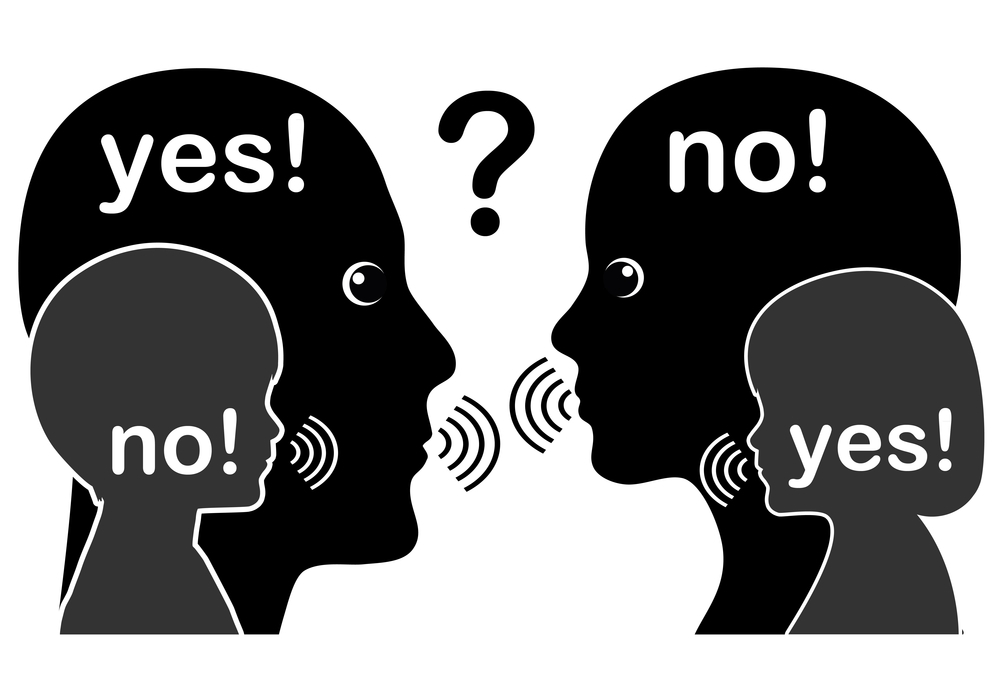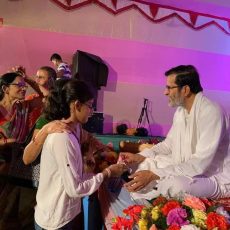Researchers have found that happiness levels are changing patterns over the time. Happiness levels are on the rise in adolescents but adults over age 30 are becoming less and less happy with the passage of time. Whereas prior to 2010 people used to report greater happiness with age.
According to University of California psychologist Jean Twenge the current vlog culture is giving teens what they need, but not mature adults what they need. She mentions the patter that emerges out of her research. this pattern suggests that the eighth-, 10th- and 12th-graders of today are happier than the eighth-, 10th- and 12th-graders of previous decades. Meanwhile adults have been getting steadily unhappier since the 1970. Happyho also provide best tarot reading services in Noida and Delhi NCR India area.
A closer look at the adult data found that 18- to 29-year-olds have fairly stable happiness rates, and that the real decline occurs in people over 30. and this group goes up to people in their 90s, particularly since 2000.
The findings represent a sea change in happiness trends. Researchers have found that traditionally people get happier as they age, up to around 65. There is some debate about the trend, but it’s always been fairly consistent. But since 2010, though, mature adults have reported less happiness than youth, reversing old notions of how happiness changes across the life span.
There are two possible explanations for the change. One could be that there’s a particularly gloomy generation moving through life, decreasing the happiness of their age group as they pass through it. But this doesn’t account for the new study results.
The second and more appropriate explanation seems to be at play, which is that some sort of cultural shift is affecting everyone at the same time. Regardless of whether you’re a baby boomer, a Gen Xer or even a millennial, young people are getting happier, and older people less so.
Those changes are likely to be noticeable in day-to-day life. The influence of this time-period trend is similar to the size of happiness changes from being married versus single, feeling healthy versus not, having children versus not or spending time socializing versus not.
Figuring out why happiness is trending upward for teens and downward for adults is tougher than simply seeing the pattern. There’s no way to conduct unbiased experiments on the effects of being born at one time or another, so scientists have to rely on correlations.
One correlation is as the marriage rate declined more people than ever have never been married, so did adult happiness. Rising income inequality also tracked with the decline in happiness among older adults. Meanwhile, educated youth have reported higher expectations for their future educational attainment and job titles.Expectations have grown, while reality has stayed about the same.
High expectations may make teens feel good, but when those expectations hit against reality in adulthood, the resulting disappointment could account for the evaporation of happiness.It suggests that there is a really deep dissatisfaction in the developed societies right now, at least among those over age 30. These people are struggling, whether that’s economically, or with relationships, or probably both. It’s this double whammy of income inequality and the breakdown of relationships at the same time.
Jean Twenge, the author of “Generation Me: Why Today’s Young Americans Are More Confident, Assertive, Entitled — and More Miserable Than Ever Before” (Free Press, 2006) and her co-authors analyzed data from several nationally representative samples of 1.32 million Americans who participated in either the General Social Survey, an ongoing study of adults; or the Monitoring the Future study, an ongoing study that includes teens, between the 1970s and 2014.
Both of these studies include questions about happiness (and, in the case of the Monitoring the Future study, questions about the related measure of life satisfaction, how people feel about their lives as a whole).





